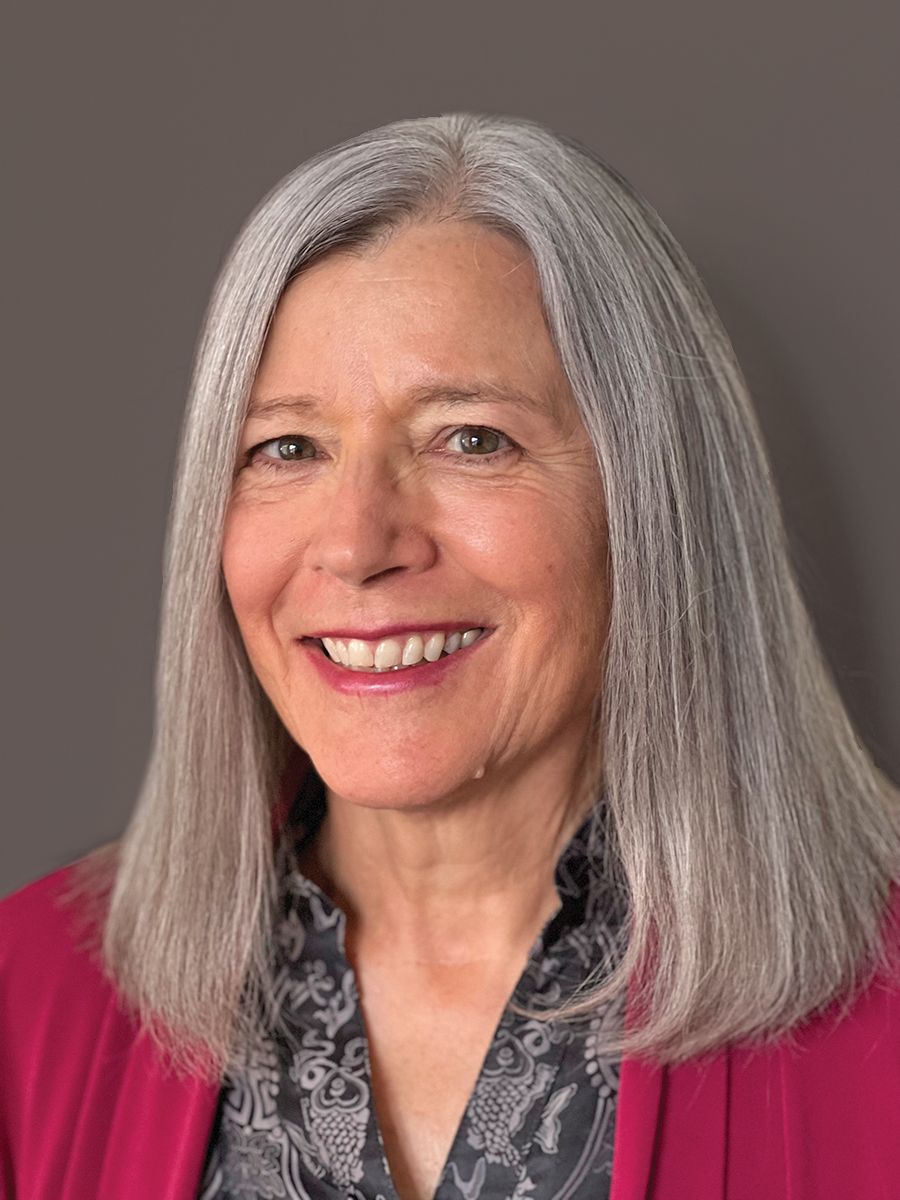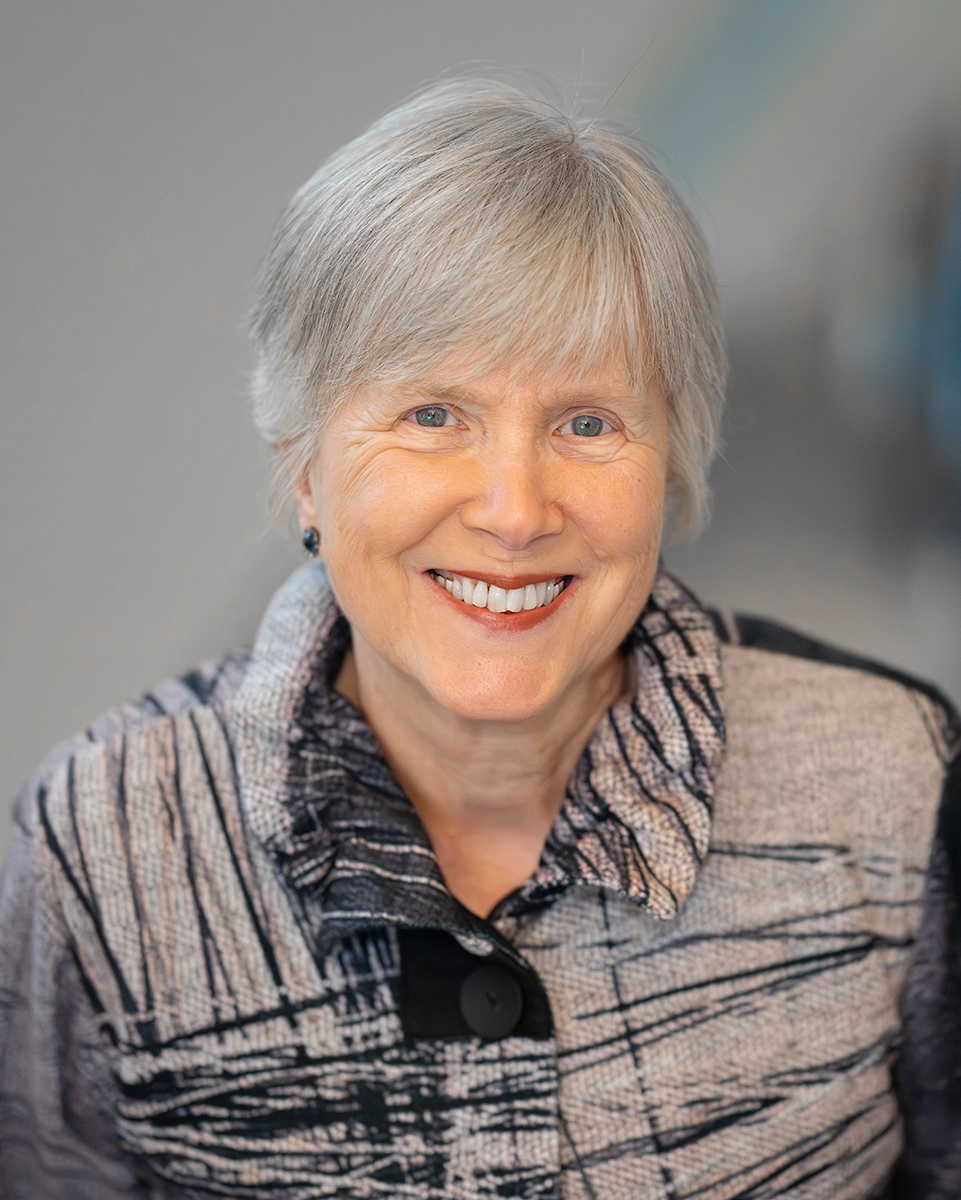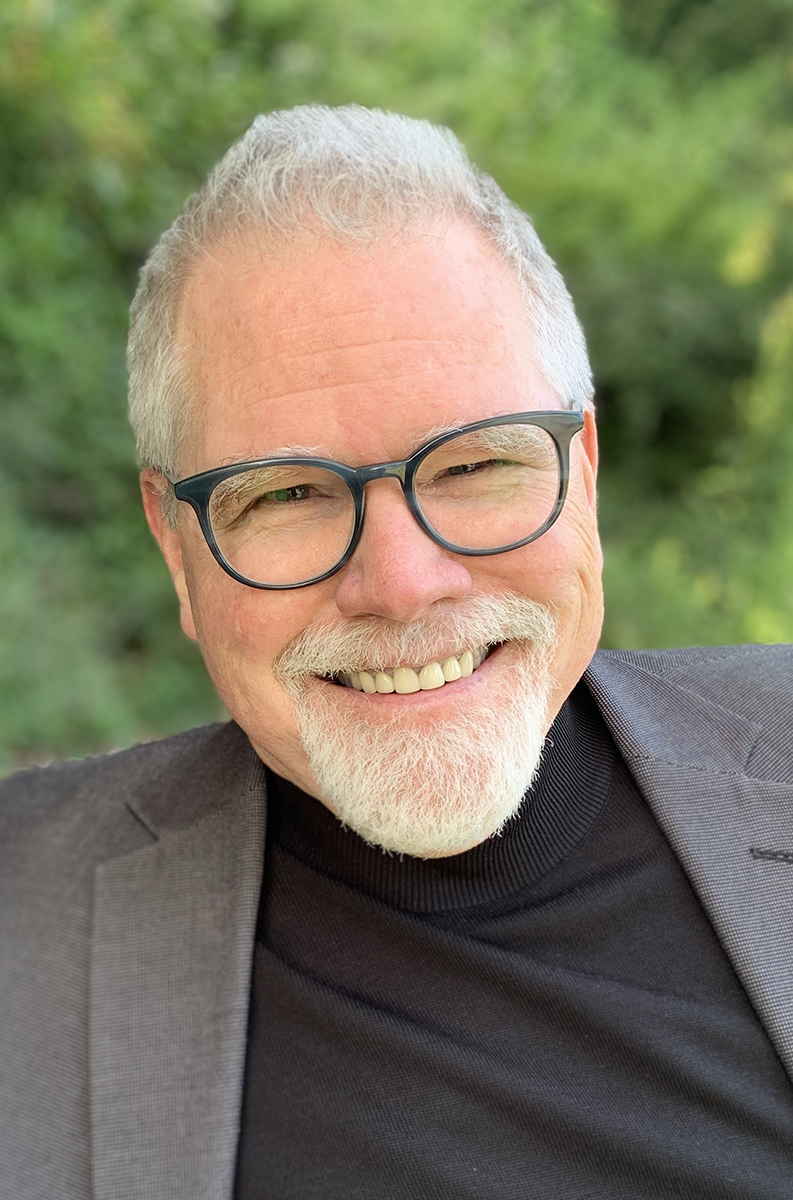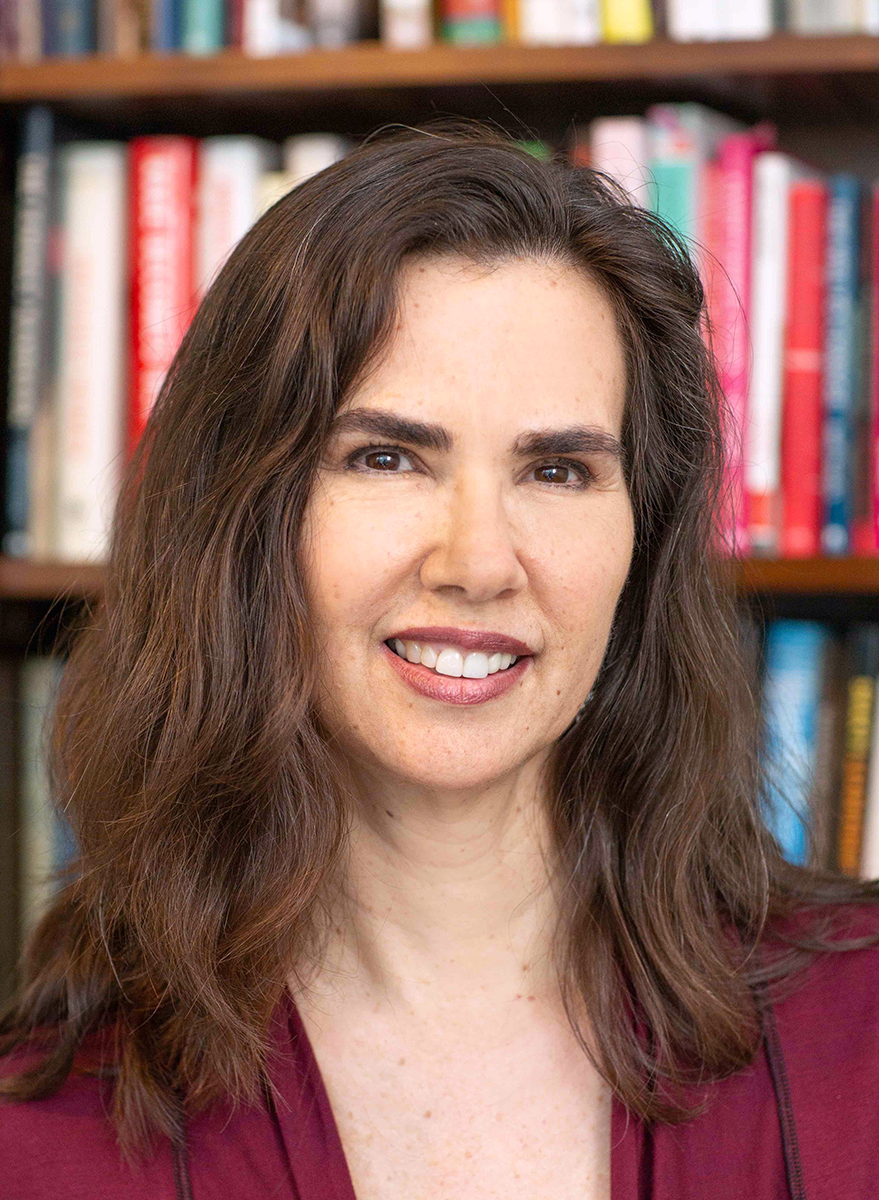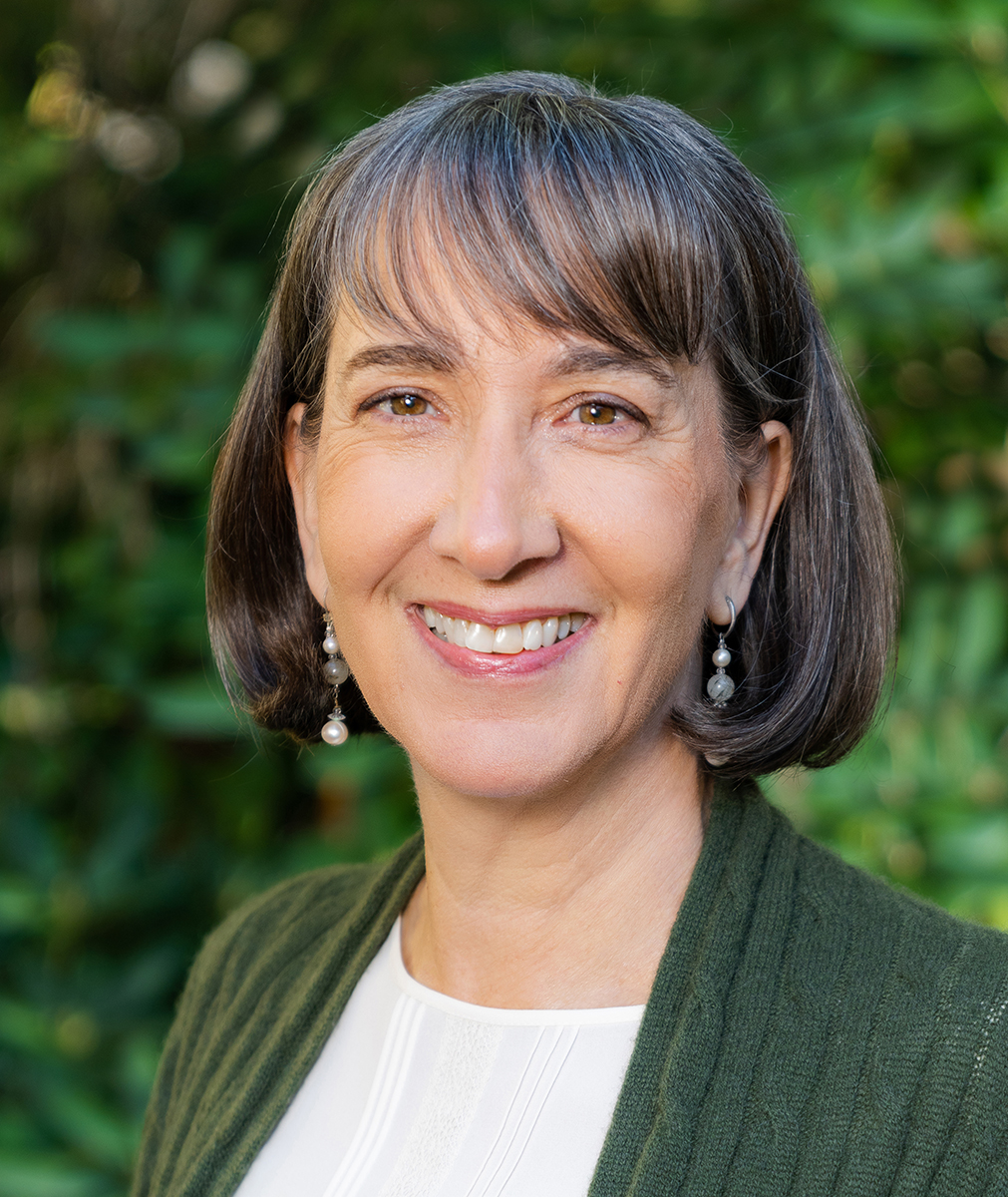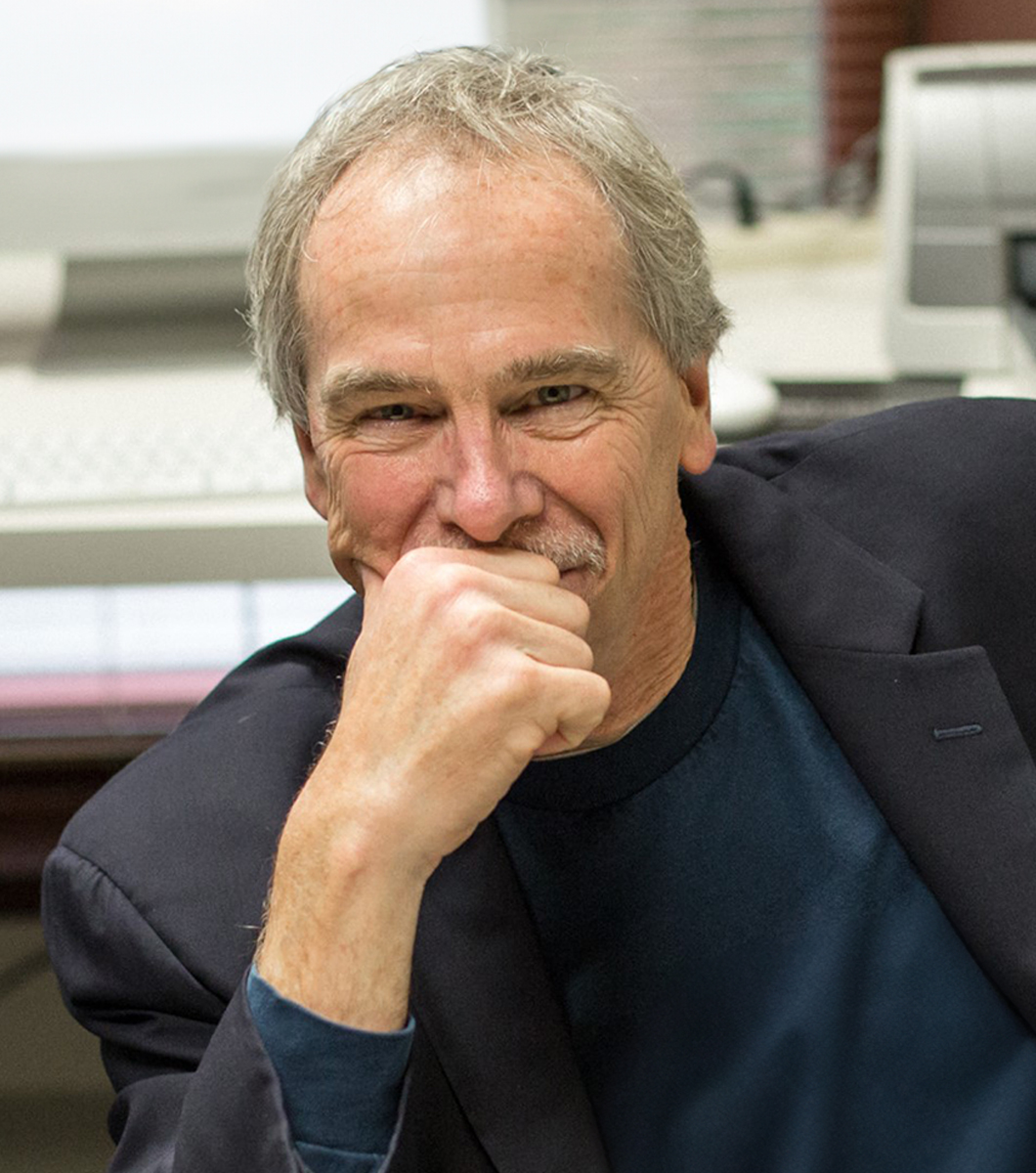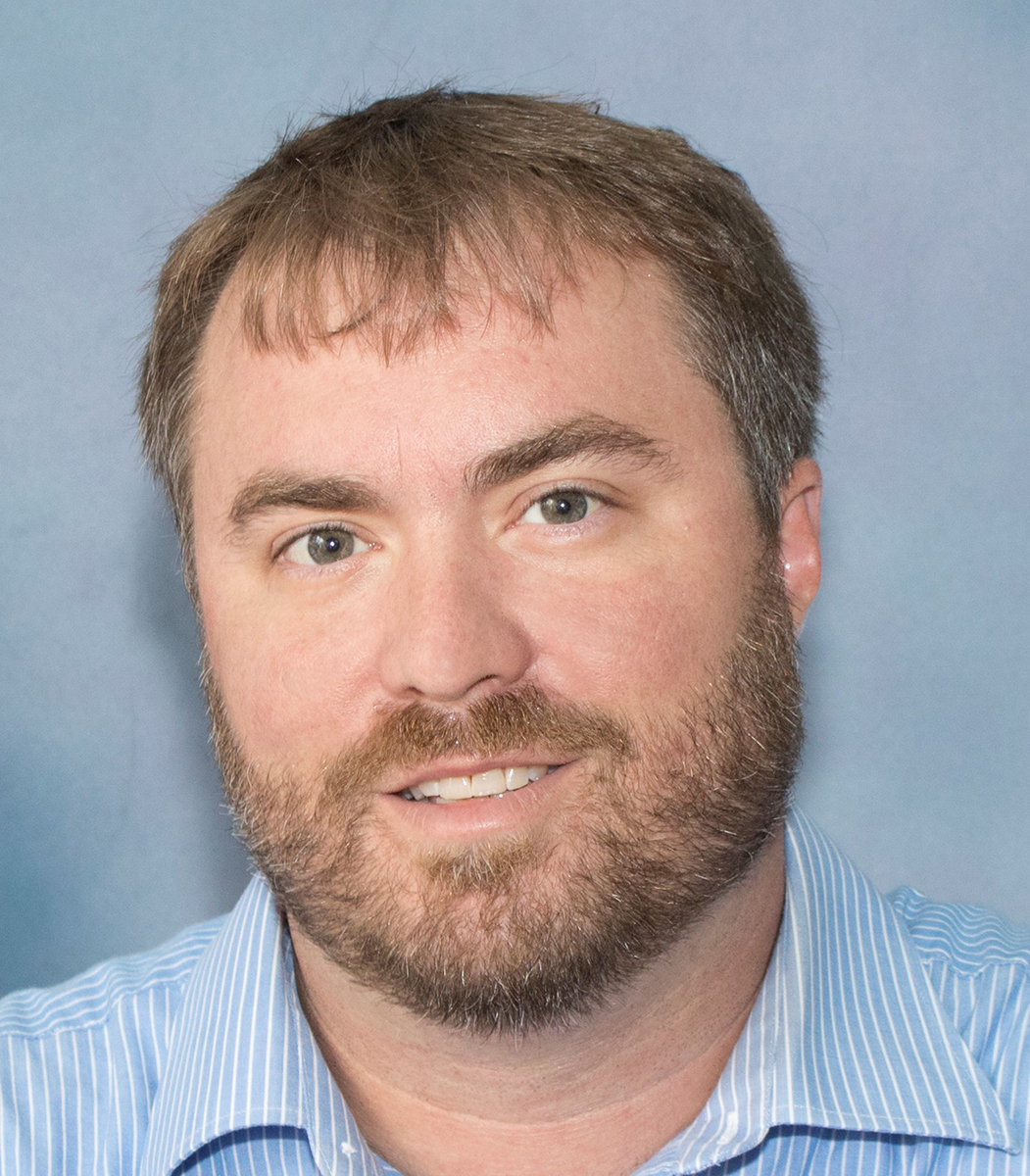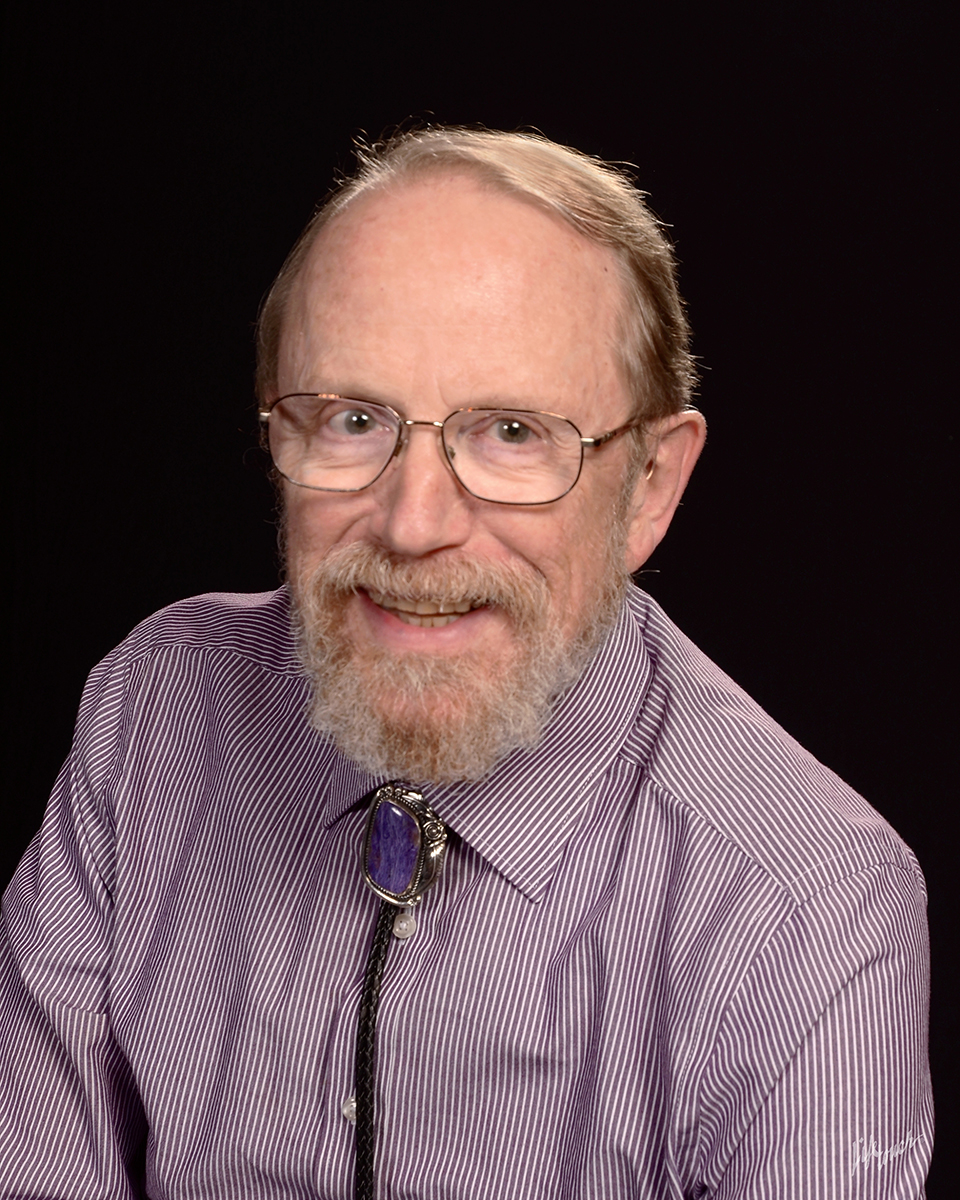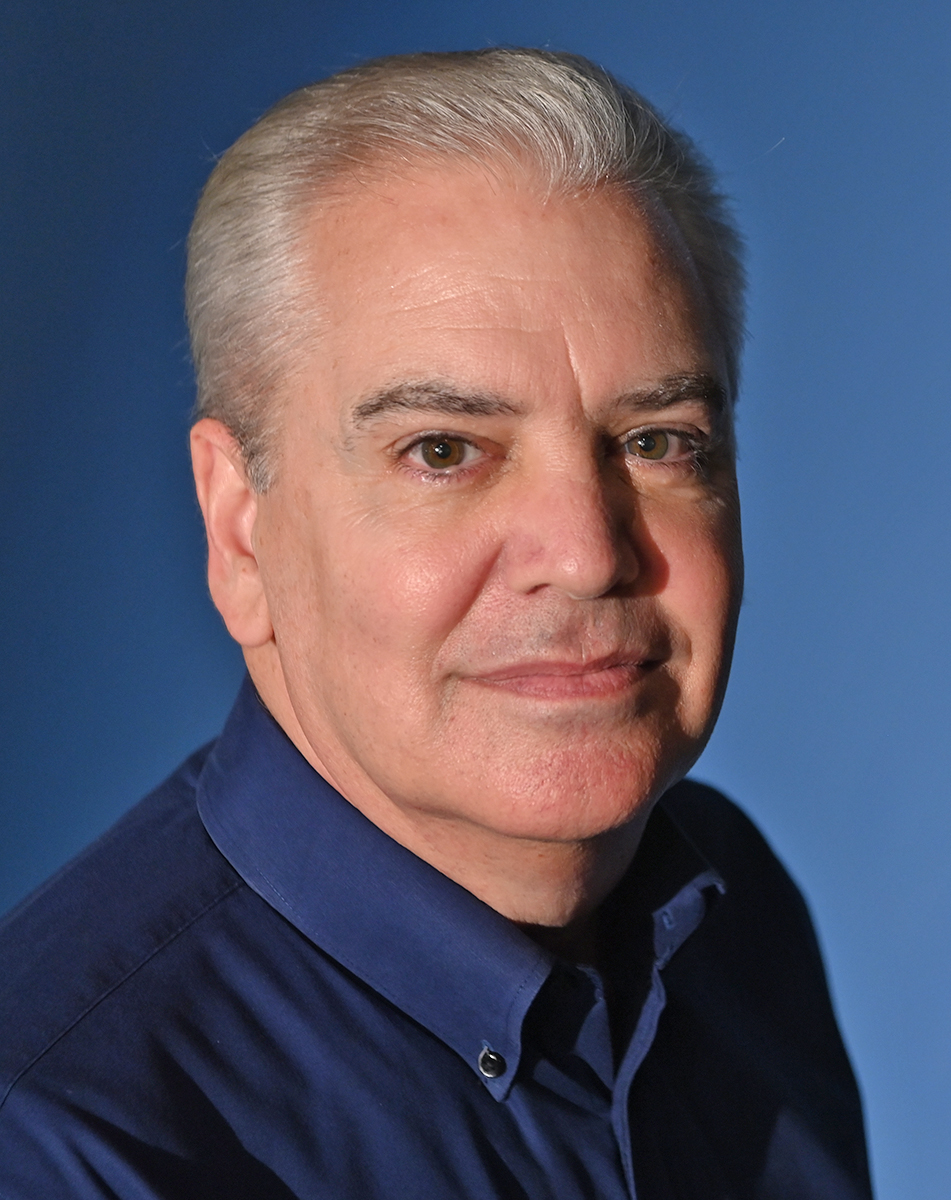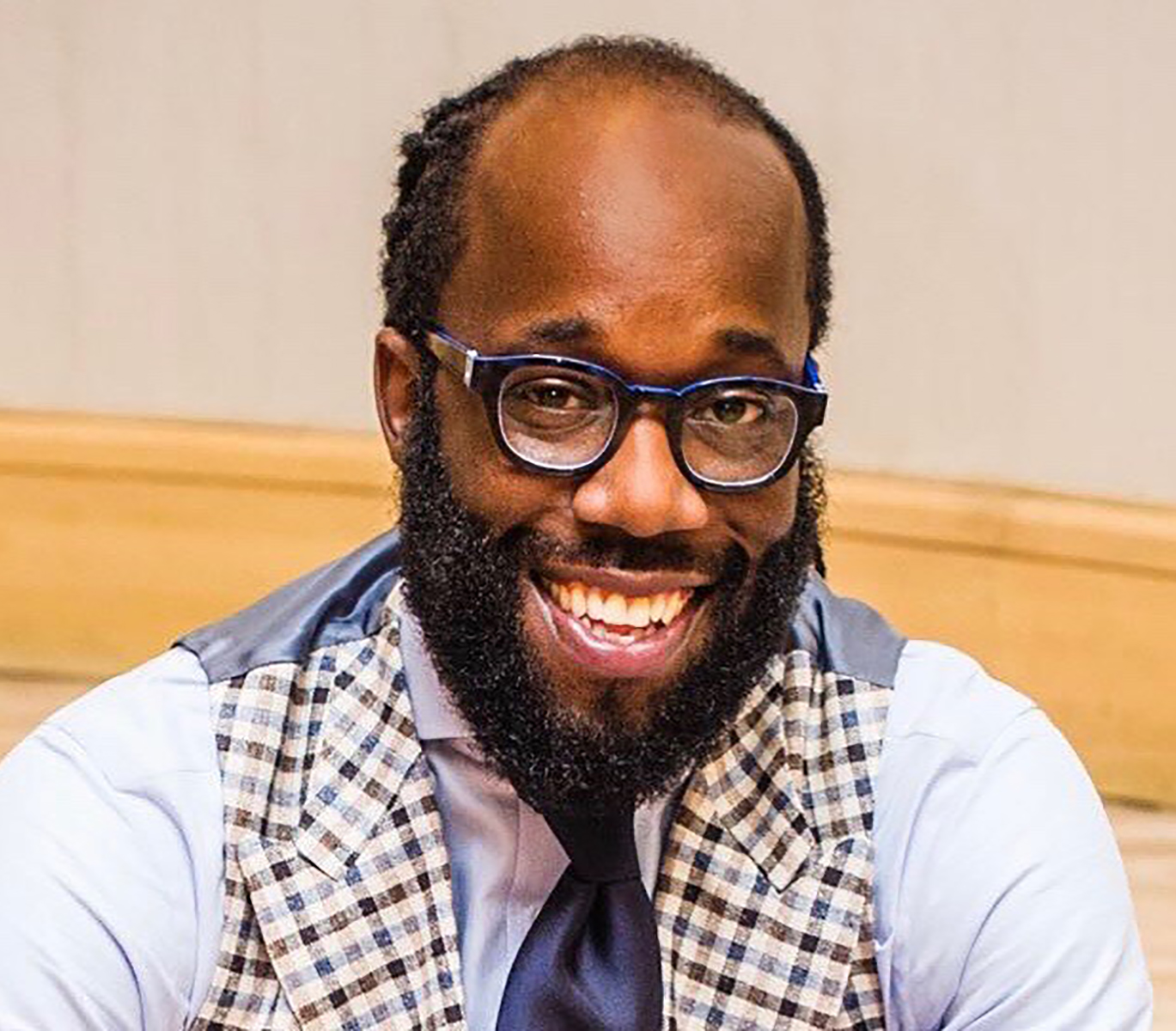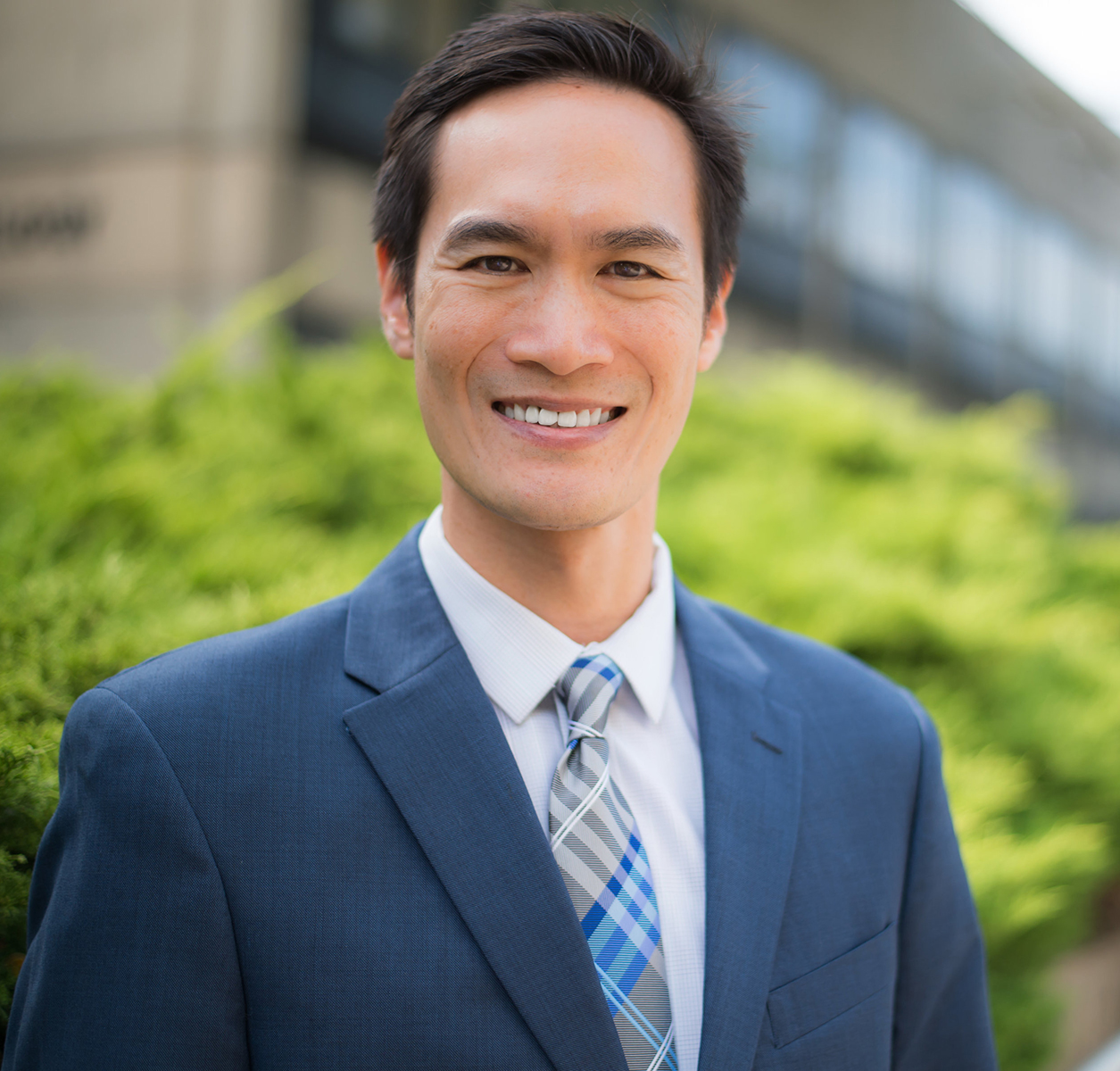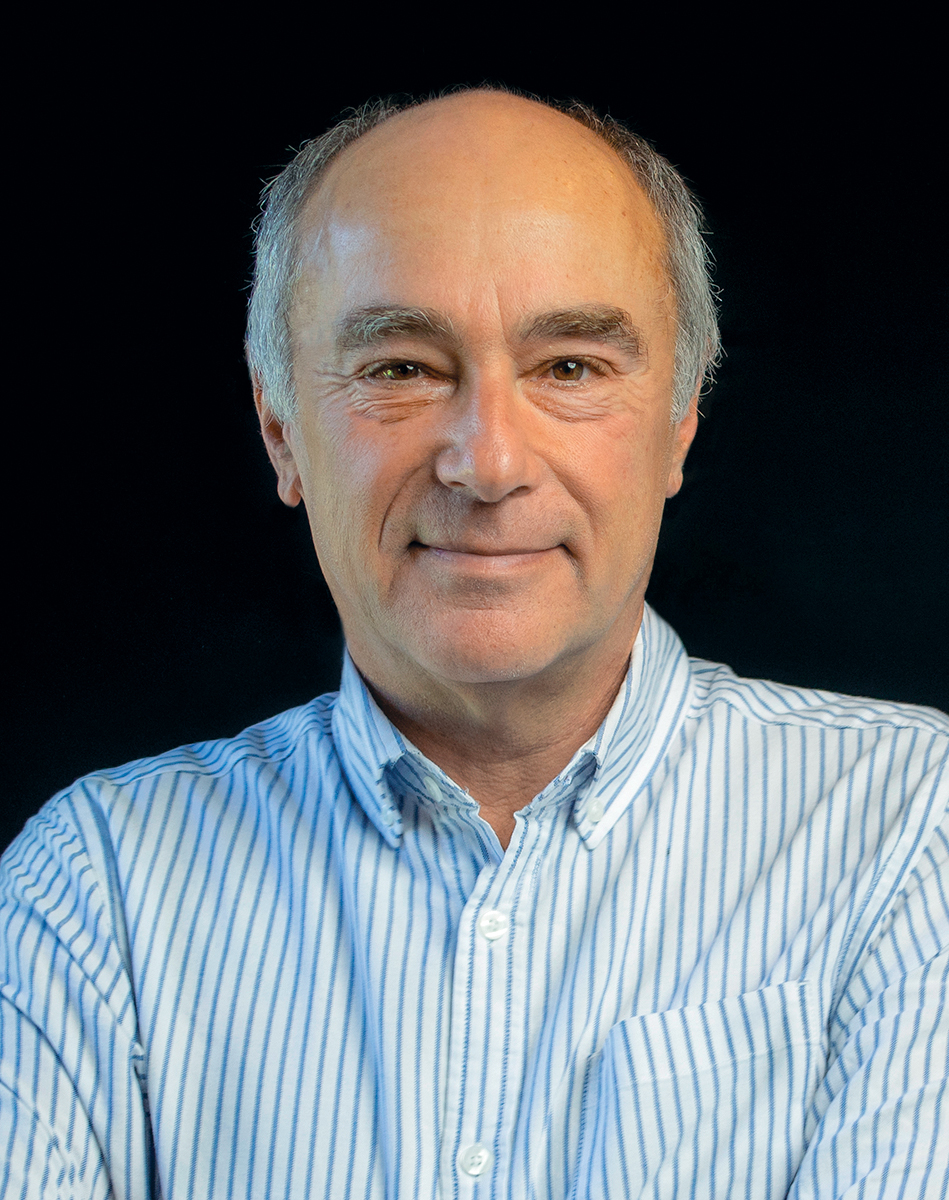Q&A with the Author
- Congratulations on your new client workbook, Getting Unstuck from PTSD: Using Cognitive Processing Therapy to Guide Your Recovery, which you coauthored with Shannon Wiltsey Stirman and Stefanie LoSavio. For those who may not know, can you briefly explain Cognitive Processing Therapy (CPT) and why it is so helpful for people struggling with post-traumatic stress disorder (PTSD)?
- In 2016, you coauthored a book for professional clinicians, Cognitive Processing Therapy for PTSD: A Comprehensive Manual, with Candice Monson and Kathleen Chard, which has sold more than 55,000 copies! Was it easier to write a book for professionals or for everyday readers? How might the books be used together?
- This American Life did an episode on CPT called “Ten Sessions.” Host Ira Glass said, “There's this kind of therapy for trauma, victims of sexual assault, soldiers with PTSD, where instead of taking years and talking, and talking, and talking on some couch to a therapist with no end in sight, you basically knock it out, all the treatment in just 10 or 12 sessions.” I think this notion of “knocking it out” is very appealing to many people. How does Getting Unstuck from PTSD help achieve this?
- CPT is a “gold standard” treatment for people who have suffered a major trauma (such as combat, sexual assault, etc.). But can Getting Unstuck from PTSD also help people struggling with smaller traumas? If so, how?
- Lastly, we would love to learn a little bit more about you on a personal level! When you are not working, what do you do for fun? Now that your book is out, is there a project that you are excited to work on next (a presentation, a workshop, writing another book, etc.)?
Congratulations on your new client workbook, Getting Unstuck from PTSD: Using Cognitive Processing Therapy to Guide Your Recovery, which you coauthored with Shannon Wiltsey Stirman and Stefanie LoSavio. For those who may not know, can you briefly explain Cognitive Processing Therapy (CPT) and why it is so helpful for people struggling with post-traumatic stress disorder (PTSD)?
CPT is a cognitive-behavioral treatment for PTSD that I developed in the late 1980s. CPT has been shown to be effective in reducing PTSD symptoms related to a variety of traumatic events including abuse, combat, sexual assault, and natural disasters. CPT helps PTSD sufferers systematically reexamine unhelpful thoughts about traumatic experiences, so that the memories become less painful and overwhelming. By challenging these “stuck points,” people are finally able to move forward with their lives.
Today, CPT is endorsed by the U.S. Departments of Veterans Affairs and Defense, the International Society of Traumatic Stress Studies, and the U.K. National Institute for Health and Care Excellence (NICE) as a best practice for the treatment of PTSD.
In 2016, you coauthored a book for professional clinicians, Cognitive Processing Therapy for PTSD: A Comprehensive Manual, with Candice Monson and Kathleen Chard, which has sold more than 55,000 copies! Was it easier to write a book for professionals or for everyday readers? How might the books be used together?
I’m not sure one is harder than the other. It was an interesting experience getting rid of psychology jargon and writing like we would talk to someone in person. That was actually fun. The two books could be used together, although they are laid out a bit differently. Therapy is thought of in terms of sessions and this book is a program in chapters that can be done at an individual’s own pace. The course of therapy and the worksheets are the same (or will be when the next edition of the therapist manual is published). However, our intention was to have a stand-alone book for people to use without a therapist because so many people do not have access to therapists, especially those trained to treat PTSD.
This American Life did an episode on CPT called “Ten Sessions.” Host Ira Glass said, “There's this kind of therapy for trauma, victims of sexual assault, soldiers with PTSD, where instead of taking years and talking, and talking, and talking on some couch to a therapist with no end in sight, you basically knock it out, all the treatment in just 10 or 12 sessions.” I think this notion of “knocking it out” is very appealing to many people. How does Getting Unstuck from PTSD help achieve this?
The book is divided into short, digestible chapters with practice assignments that can be completed right in the book or downloaded from the website. There are even website examples of the concepts and assistance completing the worksheets. But, like everything important in life, you will only get out of it what you put into it. “Knocking it out” will depend on how long the reader decides to take working through the program.
CPT is a “gold standard” treatment for people who have suffered a major trauma (such as combat, sexual assault, etc.). But can Getting Unstuck from PTSD also help people struggling with smaller traumas? If so, how?
The concepts introduced and explained in this book are from the larger field of cognitive behavior therapy and specifically cognitive therapy. In CPT done with a therapist, we (the therapists) are essentially teaching our patients to become their own therapist. We teach them skills for thinking in a more balanced way, which then affects how they feel. These skills can be used with other smaller traumas or with everyday events. It is a different way to think about events in your life. This book takes it a step further and reaches people directly without a therapist (although some people may decide they need the guidance and encouragement of a therapist).
Lastly, we would love to learn a little bit more about you on a personal level! When you are not working, what do you do for fun? Now that your book is out, is there a project that you are excited to work on next (a presentation, a workshop, writing another book, etc.)?
I love being outdoors and walk several miles every day (and putter with my plants, weather permitting). My husband and I love to travel and have been to many interesting countries. We especially love visiting or FaceTiming with our grandchildren. They are such a joy and a wonder.
We are working on the second edition of the CPT therapist manual, and I’m working with another colleague to write an undergraduate textbook about PTSD. I am also working on articles from research projects, and conducting short overviews or longer workshops on CPT.
See all titles by and read more about Patricia A. Resick on her author page!
